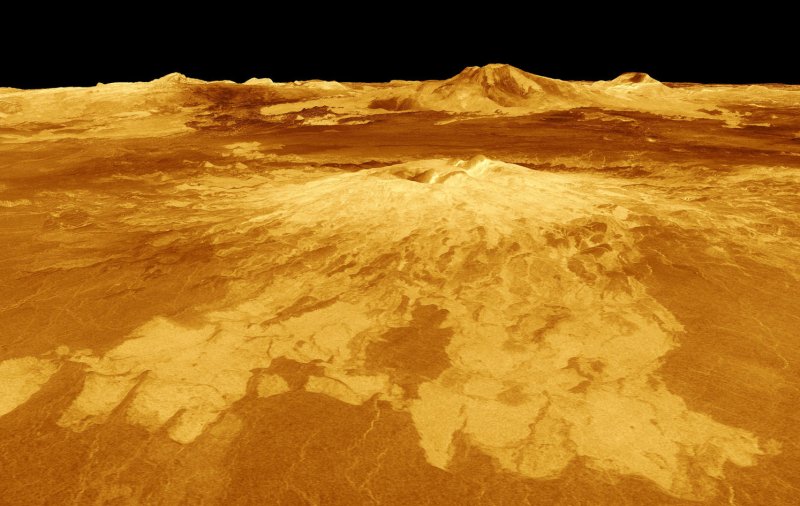PARIS, Feb. 10 (UPI) -- A spacecraft orbiting Venus has discovered the cloud-covered planet is rotating a little slower that previously measured, European Space Agency officials said.
An instrument on ESA's Venus Express spacecraft used infrared wavelengths to penetrate the thick shroud of clouds covering the entire planet and found surface features were displaced by up to 12 miles from where they should be given the accepted rotation rate as measured by NASA's Magellan orbiter in the early 1990s.















